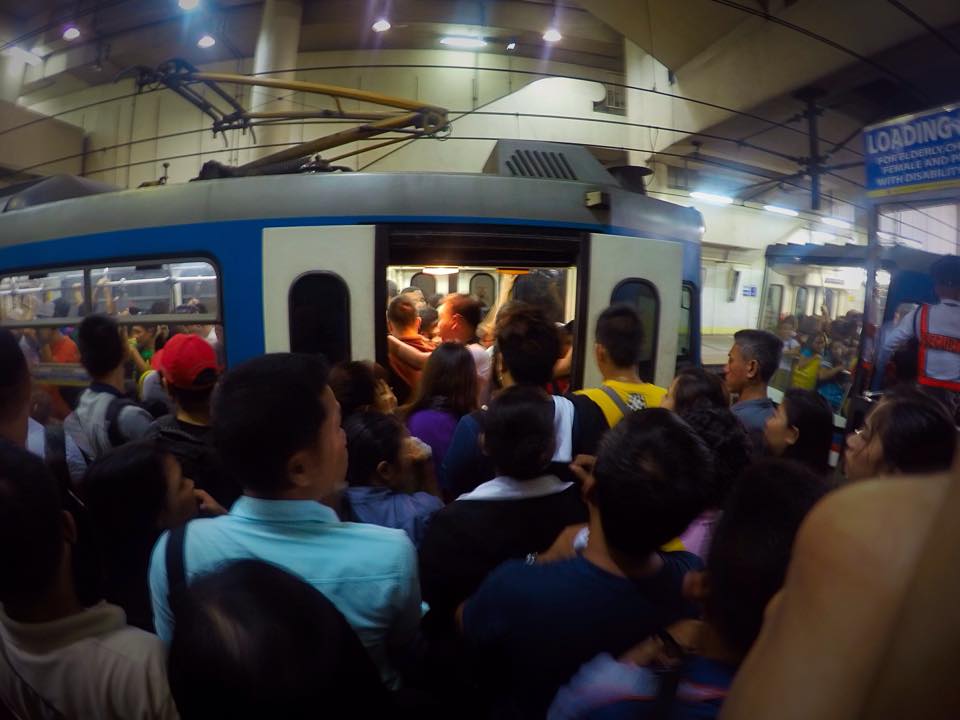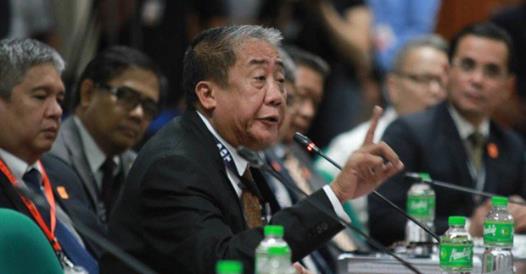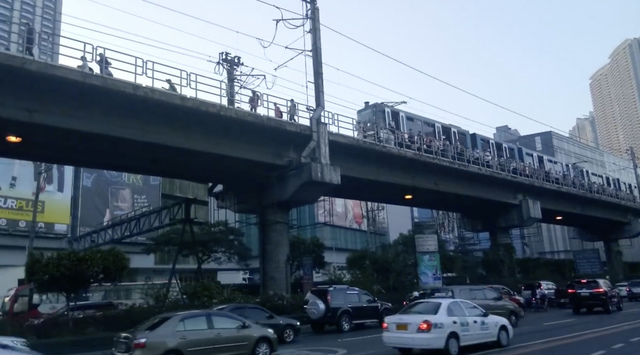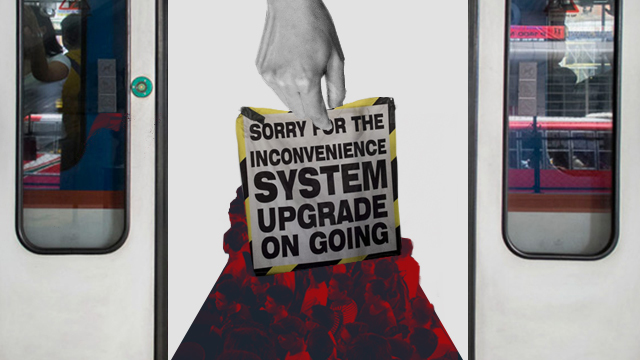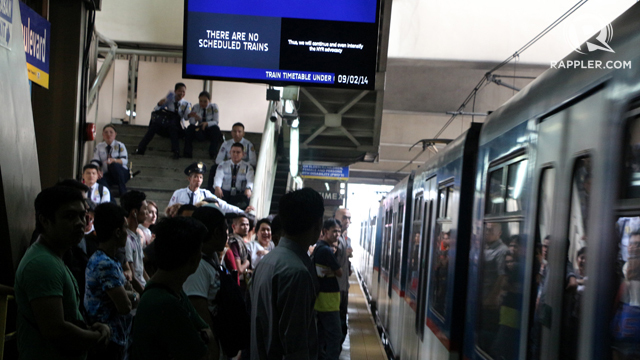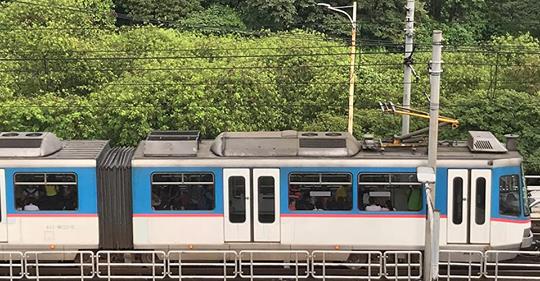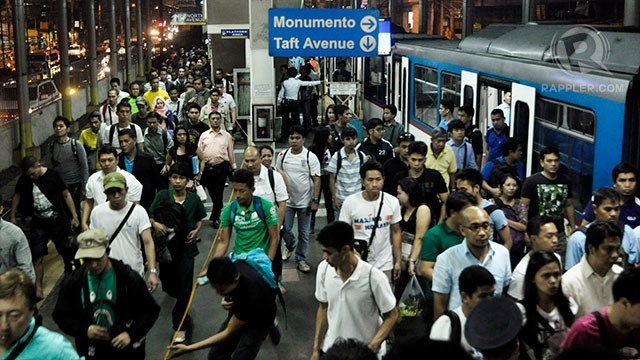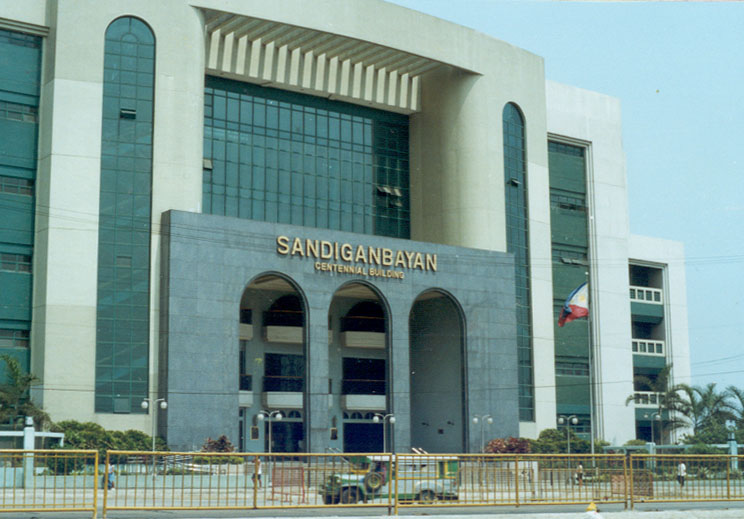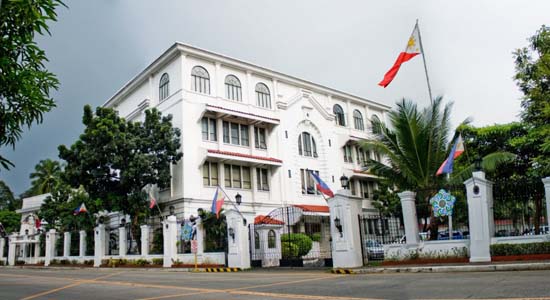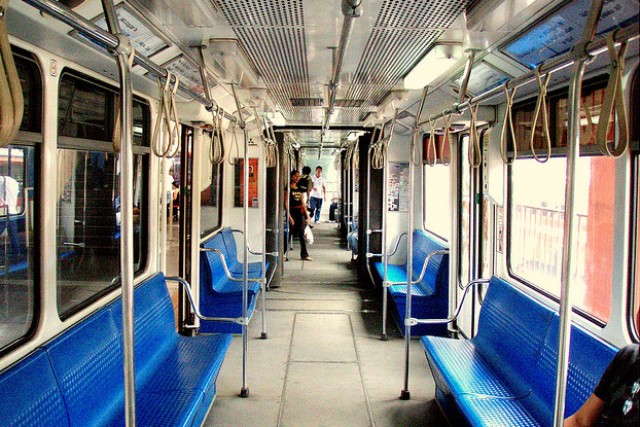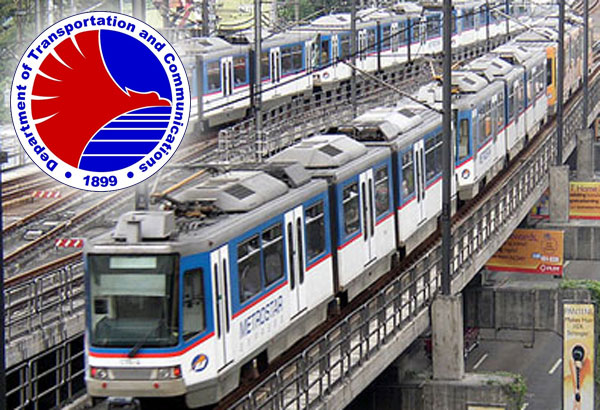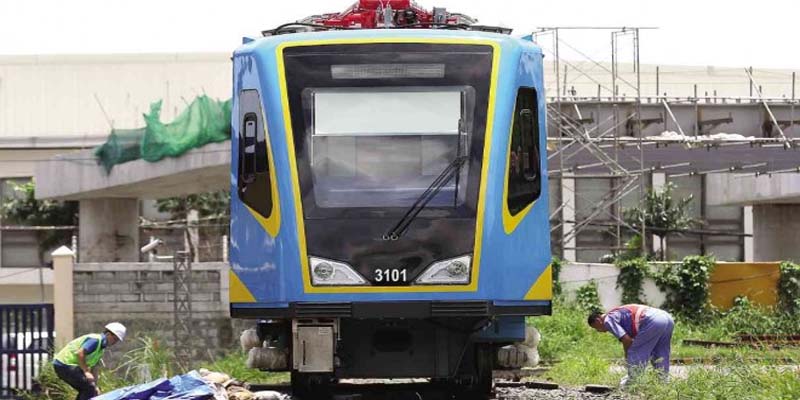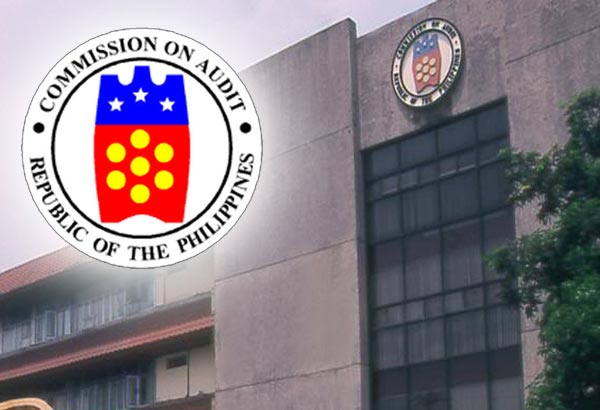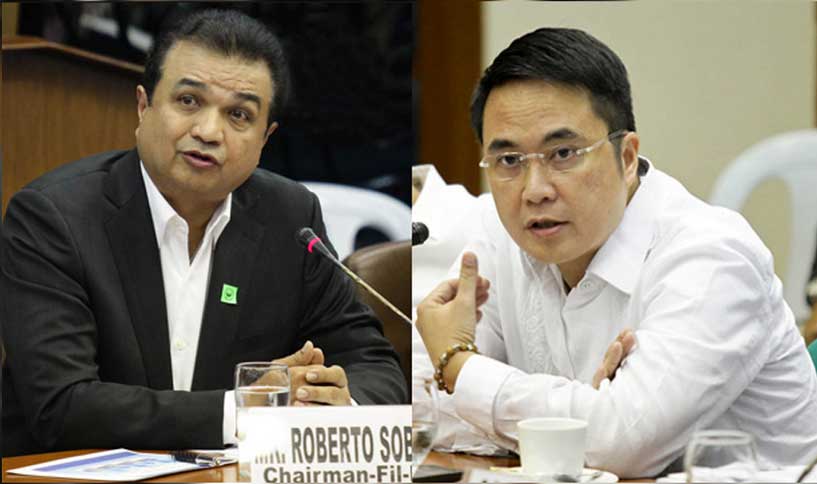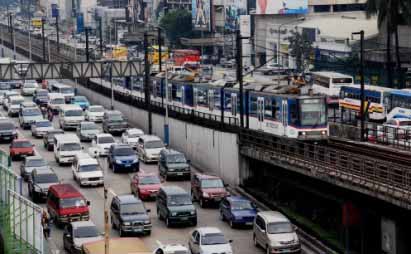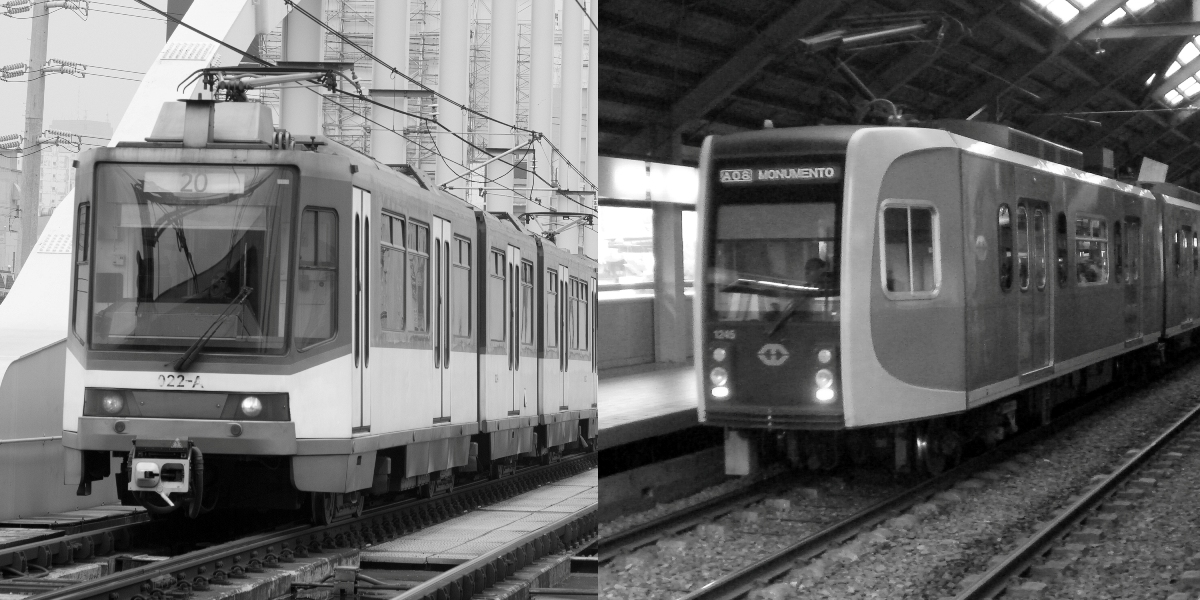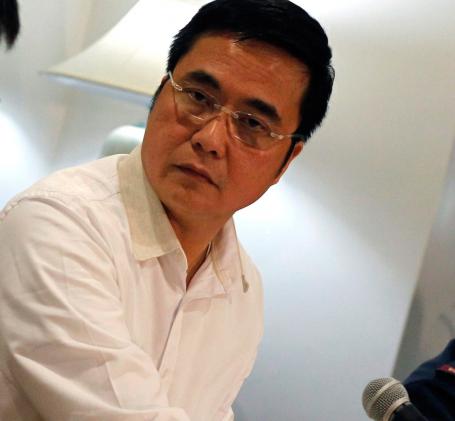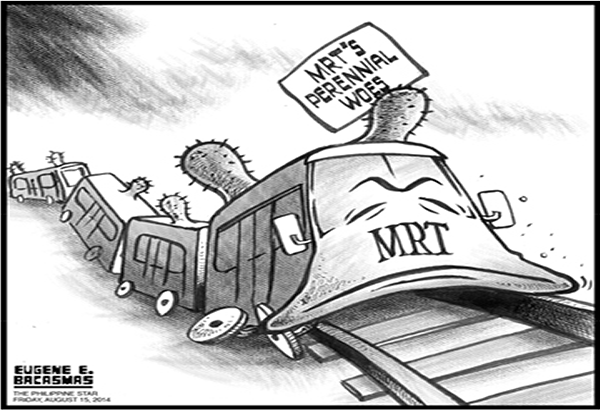By Mary Ann Ll. Reyes | The Philippine Star | April 2, 2014
This administration has a penchant for changing the rules midstream.
Take the case of a Palace’s decision to have the revised proposal of Metro Pacific Tollways Corp. (MPTC) for the operation and maintenance of the Subic-Clark-Tarlac Expressway (SCTEX) undergo a Swiss challenge.
The Bases Conversion and Development Authority (BCDA), which owns SCTEX, has informed the Metro Pacific group that while President Aquino likes the group’s improved proposal (its third since the present BCDA leadership decided to question the terms of the contract entered into by its predecessors) he still wants to require a Swiss challenge.
Under the Build-Operate-Transfer (BOT) Law, which continues to be the legal basis for the public-private-partnership (PPP) program of the Aquino administration, unsolicited proposals from the private sector are subjected to a Swiss challenge but not solicited ones wherein it is the government which identifies the project and later bids it out to prospective private investors who will undertake the project under the various BOT schemes.
The Swiss challenge system involves an unsolicited proposal for a government project but third parties are allowed to challenge the proposal during a designated period. The original proponent then has the right to counter-match such offers.
A document prepared by Zambrano & Gruba Law Offices (Public-Private Partnerships in the Philippines: A Practical Guide for Business) explains what or Swiss Challenge is. “After the approval of the ICC, the (unsolicited proposal) project will be subjected to a Swiss Challenge process conducted by the bids and awards committee. Swiss challenge is a form of public procurement in some (usually lesser developed) jurisdictions which requires a public authority (usually an agency of government) which has received an unsolicited bid for a public project (such as a port, road or railway) or services to be provided to government, to publish the bid and invite third parties to match or exceed it. The bids and awards committee shall compare and evaluate all the bids by the third party bidders and the original proponent. The original proponent can match or exceed the best proposal.”
In the same study, it has been pointed out that “a PPP is basically any one of the variants of permitted schemes under the BOT law... Republic Act No. 6957 initially presented two project schemes: build-operate-and-transfer (BOT) and build- and-transfer (BT). Republic Act No. 7718, which amended R.A 6957, introduced and defined new variants of private sector infrastructure or development projects. The new variants of project agreements that the amendment introduced are: build-own-and-operate (BOO); build-lease-and-transfer (BLT); build-transfer-and-operate (BTO); contract-add-and-operate (CAO);
develop-operate-and-transfer (DOT); rehabilitate-own-and-transfer (ROT); and rehabilitate-own-and-operate (ROO).”
But as pointed out by Metro Pacific Tollways Corp. (MPTC) president Mon Fernandez, they were awarded the SCTEX Business and Operating Agreement in 2010 as result of a bid exercise, and therefore, subjecting their revised proposal to a Swiss challenge would be unfair and without legal basis.
Sister-company Manila North Tollways Corp. (MNTC) bagged the SCTEX contract during the Arroyo administration, but the Aquino government suspended the deal on concern about the revenue sharing scheme.
Under the terms of the contract, state-run BCDA is suppose to assign to MNTC the management, operations and maintenance of SCTEX as well as the government agency’s rights in the Toll Operations Agreement, including the right to collect toll revenues for 25 years, renewable for another eight years.
MNTC, which operates the SCTEX and the North Luzon Expressway (NLEX), had proposed a 50-percent revenue sharing scheme, which the Department of Finance endorsed to President Aquino for approval last year.
MNTC also provided a longer period, from the earlier endpoint of 2016 to the new schedule of 2019, during which the company would subsidize payment of BCDA’s existing P31- billion debt to the Japan International Cooperation Agency (JICA). The loan, which was used to build the SCTEX, will mature in 2041.
I received this email recently which got me thinking a lot and I would like to reprint portions of it:
“The specific problem is the MRT3 because it is the most widely used. There was already a proposal to the Aquino administration three years ago in 2010 by the private sector consortium that has an interest in MRT3. No cost to the government except that of a concession to recover their investments with earnings.
“But the Aquino administration did not want to give it to the private sector because for obvious reason; Corruption!
“They wanted national government to spend at least P4 billion for the additional trains and others that are needed. At a conservative commission of 10 percent, that is P400 million in kickbacks or bribery.
“This was proven when the Czech ambassador revealed that DOTC/MRT officials asked for a $30 million in commission or equivalent to P1.3 billion from a Czech company interested to supply the MRT 3 requirements.”
This may refer to the MRT3 project but just like SCTEX, government doesn’t want to let go of it. In both projects, the private sector is expected to operate a utility more efficiently and make repairs without undue delay (take the case of the damaged SCTEX bridge which BCDA has yet to repair almost a year since it was damaged).
Why our government refuses to award SCTEX to the Metro Pacific group even when the latter’s Tollways Management Corp. (TMC) has been its interim operator for a long time now is beyond explanation. According to Fernandez, their current interim contract is up to April 27 and it looks like they are gonna get their ninth extension.
Manila water shares expertise
It makes us even more proud to be Filipinos especially when our technical expertise, for a change, is being shared with other countries.
Take the case of East Zone concessionaire, Manila Water, Ayala’s water and wastewater infrastructure subsidiary. It has successfully brought down the water losses in eastern Metro Manila from a high of 63 percent back in 1997 to 11 percent at the end of 2013. This is the reason potable water now reaches the farthest areas of Taguig City and even the highly mountainous Antipolo City.
Now this expertise is exported abroad with the recent signing of a memorandum of understanding, along with Mitsubishi Corp., with the Yangon City Development Committee for the development of a proposed non-revenue water reduction project in Yangon City in Myanmar.
It is good to note, too, that before Myanmar, Manila Water has successfully forayed into the Vietnamese shores, notably in Ho Chi Minh City, and reduced water losses in one of its zones. Locally, Manila Water has done the same in bringing down leak levels in its other subsidiaries in Boracay, Clark and Laguna. Much needed especially as we have to ensure that water is available as we face the hot summer months ahead.

 Twitter
Twitter Facebook
Facebook


























